‘10.6 years’: Dire reality for Aussies revealed in State of Housing System report
Abysmal conditions for aspiring homeowners have been revealed in a new report that shows just how hard it is to enter the property market.
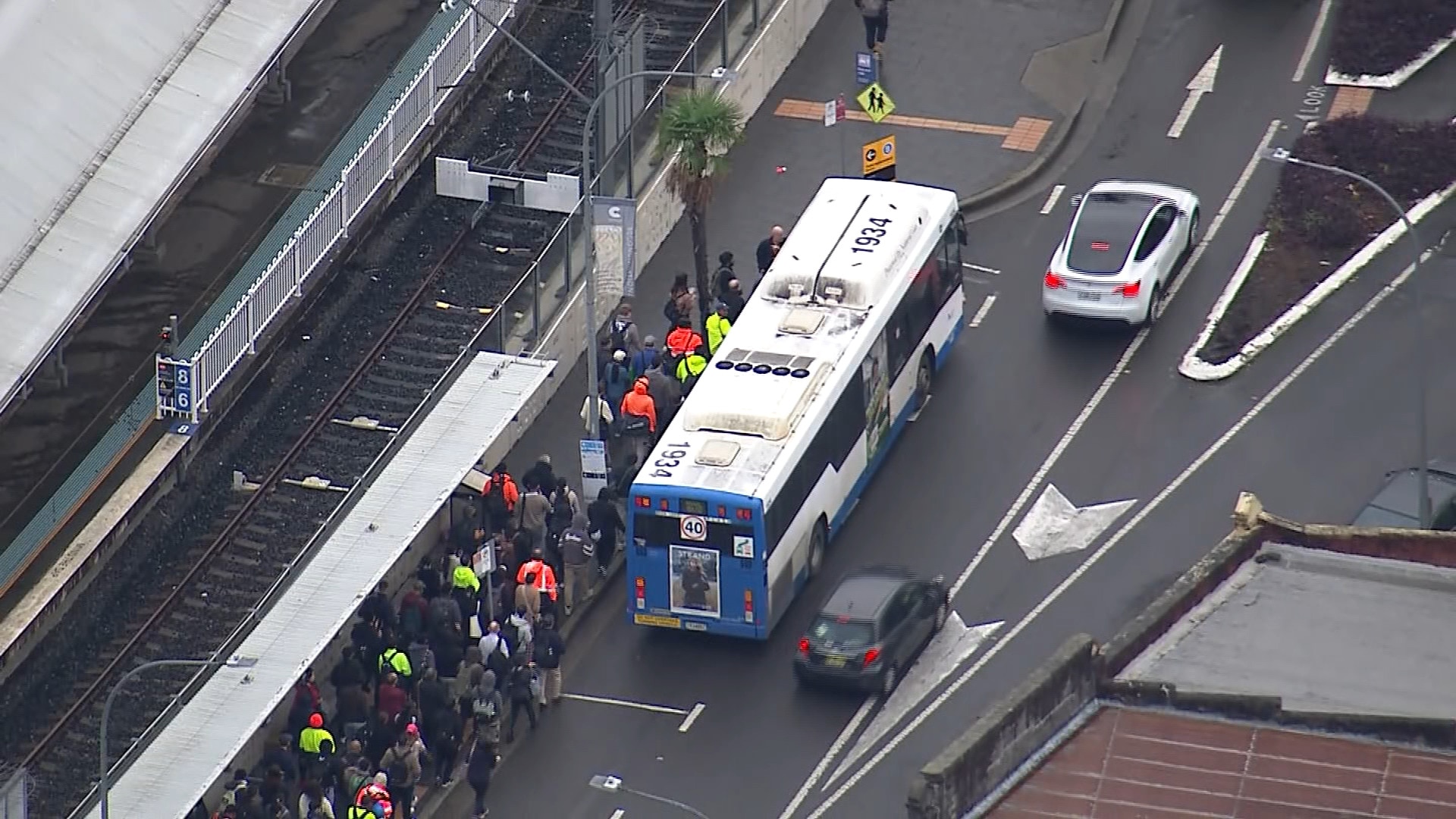
Breaking News
Don't miss out on the headlines from Breaking News. Followed categories will be added to My News.
The Australian dream of homeownership is looking more hopeless than ever.
A median-income household now needs to save for 10.6 years just to afford a deposit and start a whole new challenge of servicing a new mortgage, the National Housing Supply and Affordability Council’s annual State of the Housing System 2025 report shows.
It notes that mortgage repayments continue to increase faster than incomes, and affordability continues to deteriorate though at a slower pace compared with 2023.
About 50 per cent of median household income was needed to meet repayments for new mortgages in 2024, according to the report.
It does not look good for renters either, as 33 per cent of median wages are needed to meet rental costs in new leases.
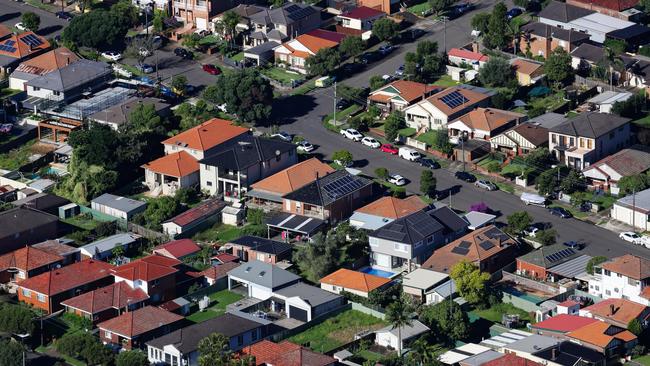
Rental stress has affected more than 50 per cent of lower-income renter households in 2023. Sixty per cent of these households also experienced stress the year before, showing how persistent the issue is.
Only 14 per cent of new homes sold in 2023-2024 were affordable for the median-income household, the lowest on record.
NSW residents have drawn the short straw, as new mortgages and home deposits remain the least affordable in Australia, whereas the Northern Territory has the most affordable mortgages and home deposits.
Rents in regional Queensland were the least affordable, but rents in Canberra were the most affordable.
New housing supply is the lowest in a decade, and the 1.2 million target for new houses to be completed during the Housing Accord period will not be met – even under optimistic economic estimates, the report says.
No state or territory will meet their target, and supply is insufficient to meet underlying demand.
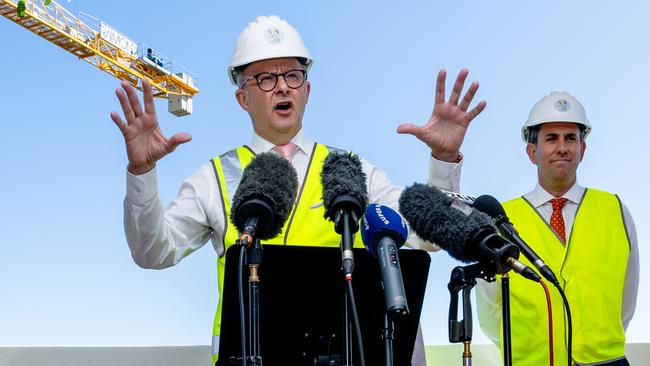
The report has called for systemic reform, government support measures and industry innovation to address the issues, but the NSW government says it is heading in the right direction.
“The Minns Labor government inherited a system that was working against achieving the Housing Accord targets. It was also never assumed that, given macroeconomic conditions and the costs of construction, it would be a straight line between now and mid-2029,”
Minister for Planning and Public Spaces Paul Scully said.
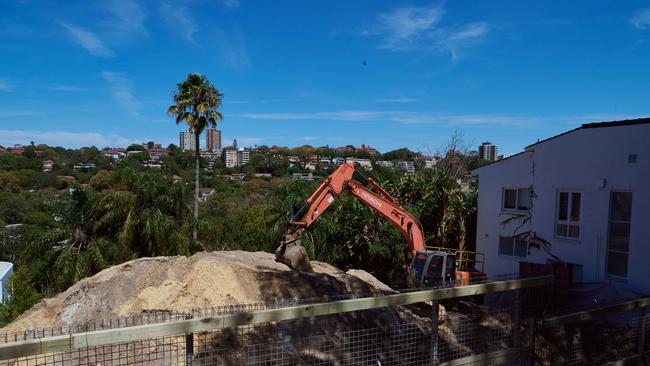
“We are turning around the system. Planning approvals are 15 per cent faster today than they were in March 2023, the number of applications lodged is up 28 per cent on the same time last year, and NSW has the most homes under construction in the country.
“There are thousands more homes and DAs being finalised that are embracing our planning reforms such as the Housing Delivery Authority and the low and mid-rise policy. We’re building a pipeline that will actually deliver homes.
“The State of the Housing System report shows us that we have our work cut out for us, but as a government we’ve got our priorities right.”
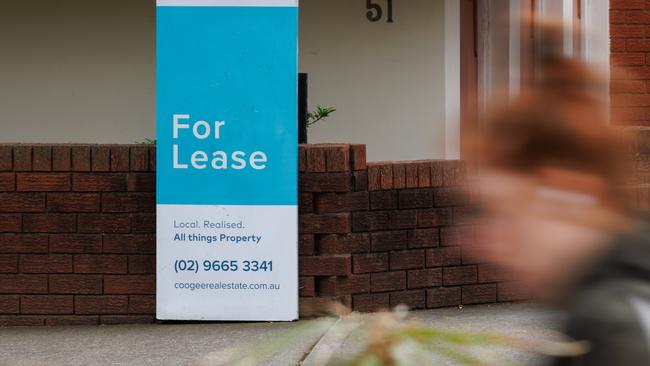
Weak supply has been attributed to a lack of commercial feasibility – it costs more for developers to build than what they would earn selling it.
Elevated costs, labour shortages, high financing are all constraining supply but should be easing, the report says.
Property Council chief executive Mike Zorbas said the report showed the need to increase
productivity in the construction sector, simplify planning systems and encourage investment.
“The alarm bell continues to sound on national housing supply,” Mr Zorbas said.
“The sad fact is that many Australians feel that homeownership is out of reach.
“We have seen the federal and state governments co-ordinate their efforts on boosting supply,
but more must be done.
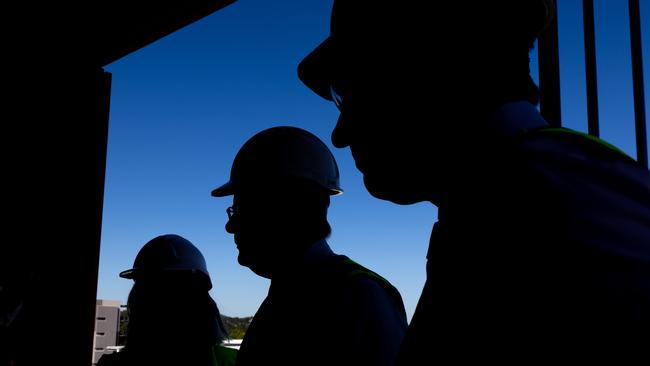
“Our skills and planning systems are not yet match fit for this century.
“More than 30 per cent of the cost of a new home is government taxes and charges.
“East coast states have daft foreign investment taxes that are barbed wire to overseas
institutions that want to send their money to help Australian companies build the assets our
cities need.
“The least cost answer for indebted states is to modernise our planning systems and put
measures in place to boost the proportion of skilled workers coming into the country.
“We need to bring forward federal environmental approvals and force power and water
providers to stop delaying the delivery of new homes, industrial and commercial assets that our communities need as they grow.”
Originally published as ‘10.6 years’: Dire reality for Aussies revealed in State of Housing System report




